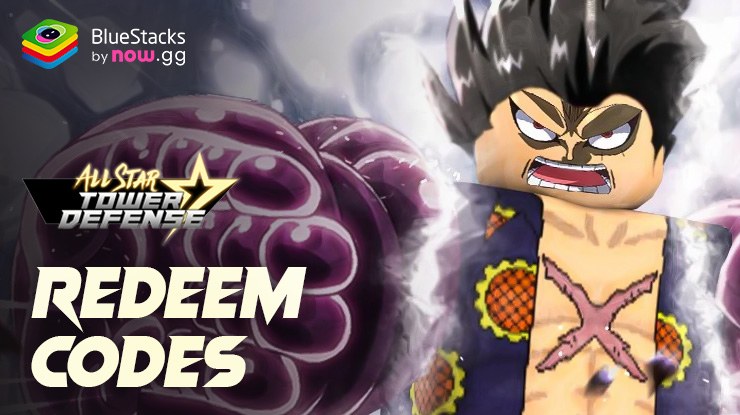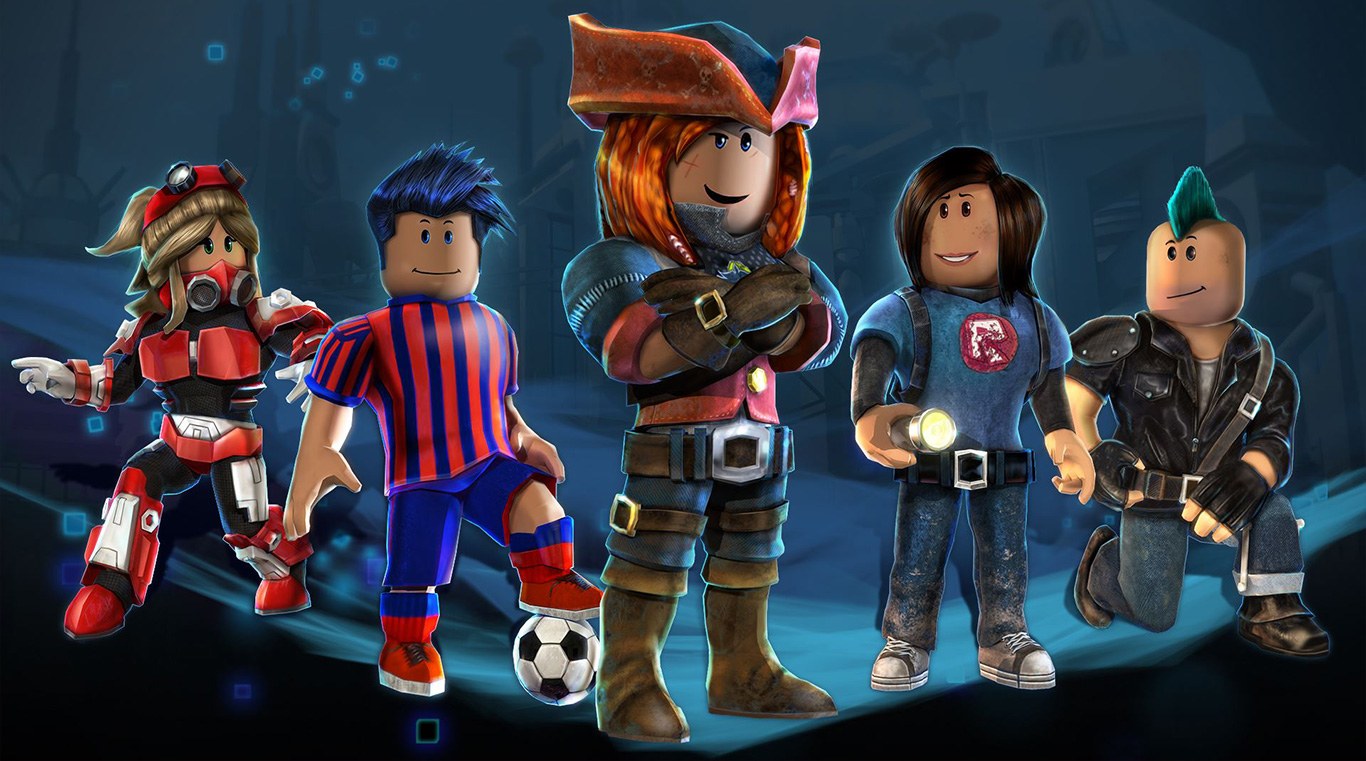Ranking the Most Challenging Disasters in Natural Disaster Survival (Roblox)
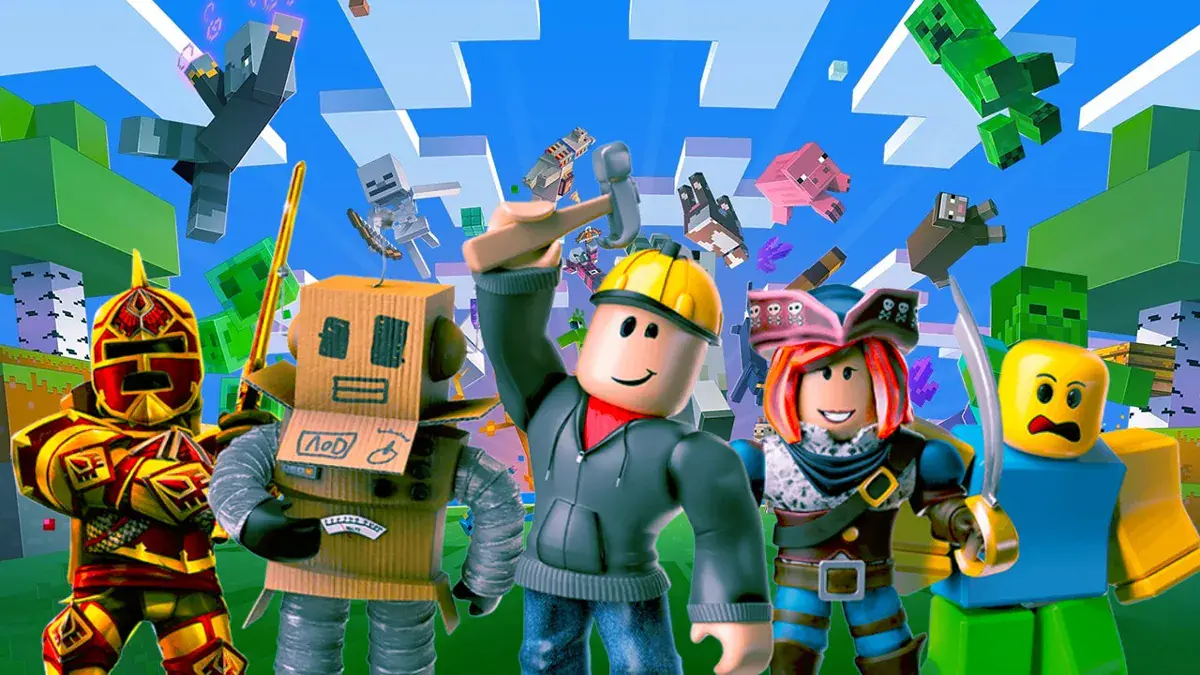
Natural Disaster Survival is one of the most intense and replayable Roblox games, challenging players to survive a range of catastrophic events on randomly selected maps. Created by Stickmasterluke, this classic survival experience drops players into unpredictable situations where the goal is simple—stay alive. But surviving isn’t as easy as it sounds. From volcanoes and floods to blizzards and earthquakes, each round introduces a different natural disaster, each with its own mechanics, hazards, and level of chaos.
What makes this game especially thrilling is that it doesn’t just rely on combat or parkour—survival here requires quick thinking, environmental awareness, and the ability to adapt your strategy with each scenario. Understanding the threats you’re up against is the key to climbing the leaderboard. Below, we rank the most difficult disasters in the game and offer survival tips to help you last longer, even during the worst catastrophes. If you are new to Roblox, check out our Beginner’s Guide for a comprehensive introduction.
1. Earthquake
Earthquakes are easily the most chaotic disaster in the game. The ground shakes violently, buildings crumble, and players are flung around without control. Even if you find open space, staying stable becomes almost impossible.
Why it’s hard: There’s no safe zone. The entire map is unstable, and even small jumps can send you flying. Fall damage is a constant threat, and the quaking motion can toss you off platforms or into debris.
Survival Tip: Avoid structures entirely. Head to an open area like a wide lawn or empty street. Crouch if you can and avoid jumping. Moving too much can get you caught in falling debris or thrown off the map.
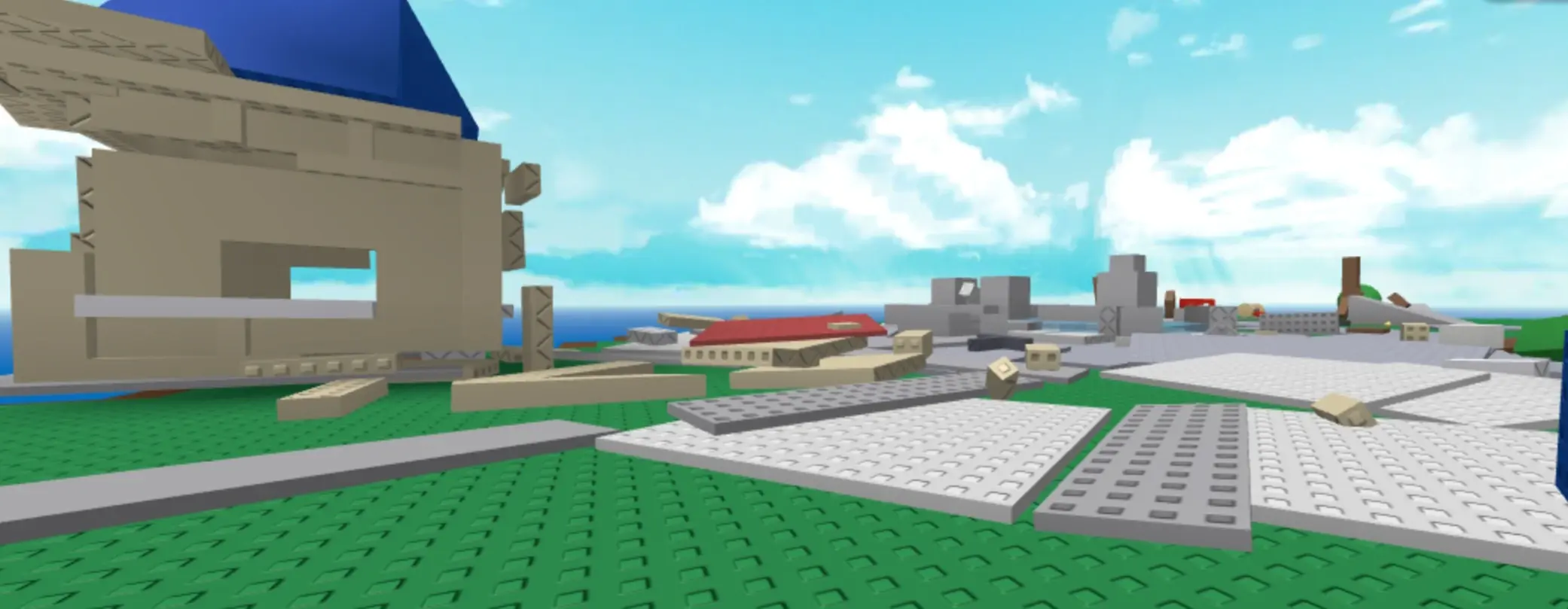
2. Volcano Eruption
A distant volcano erupts violently, hurling molten chunks across the map. These projectiles destroy structures and instantly eliminate players upon contact.
Why it’s hard: The lava rocks are fast, widespread, and random. You never know where they’ll land, and being indoors doesn’t guarantee safety—lava can punch through roofs and walls.
Survival Tip: Stay at a medium distance from the volcano where you can see the projectiles incoming. Constant movement and spatial awareness are crucial. Don’t climb structures for safety—most will collapse under the barrage.
3. Meteor Shower
Meteors rain from the sky, causing large explosions wherever they land. Like the volcano, the attacks are random but more frequent and destructive.
Why it’s hard: The continuous meteor strikes can obliterate entire sections of the map, leaving nowhere to hide. Staying still for even a second can cost you.
Survival Tip: Stay on the ground in wide, open spaces. Keep moving at all times and avoid buildings. If you must hide, choose a low, sturdy structure and be ready to run if it begins collapsing.
4. Tornado
Tornadoes are highly aggressive, roving disasters that pick up everything in their path, including players, buildings, and even the camera’s focus.
Why it’s hard: The tornado can turn on you instantly. It pulls players in, damages them, and throws them across the map. You also lose your hat and accessories, which can be disorienting.
Survival Tip: As soon as the tornado spawns, locate its path and move away at an angle, not in a straight line. Stay on ground level and away from collapsing structures. Avoid panicking and keep scanning for clear exit paths.
5. Tsunami
A massive wall of water builds up and sweeps across the map, destroying low-lying structures and eliminating any players caught in its path.
Why it’s hard: Players must find a tall, sturdy structure quickly. But if too many players climb the same building, it might collapse from the weight or tsunami impact.
Survival Tip: Immediately scan the map for the highest building that looks stable. Don’t wait until the wave is close. Once you’re high enough, jump at the right moment to avoid fall damage when the wave hits
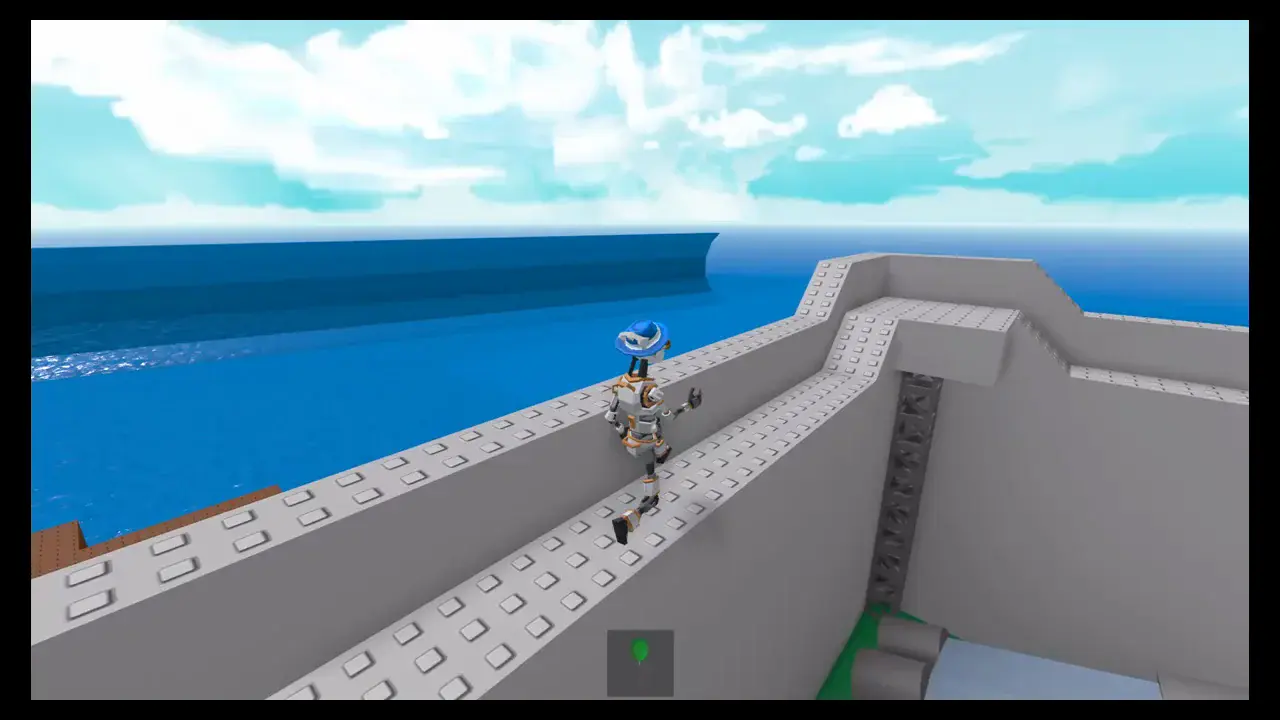
6. Flash Flood
Water begins rising rapidly, forcing players to climb buildings. However, water pressure often destabilizes structures, leading to their collapse.
Why it’s hard: Even when you manage to climb to safety, the structure you’re on might break apart. If it falls while you’re on it, you’re done.
Survival Tip: Choose a building that’s wide with a reinforced base. Don’t climb the highest point—stay just high enough to avoid water while maintaining a jump route to safety in case your structure begins falling.
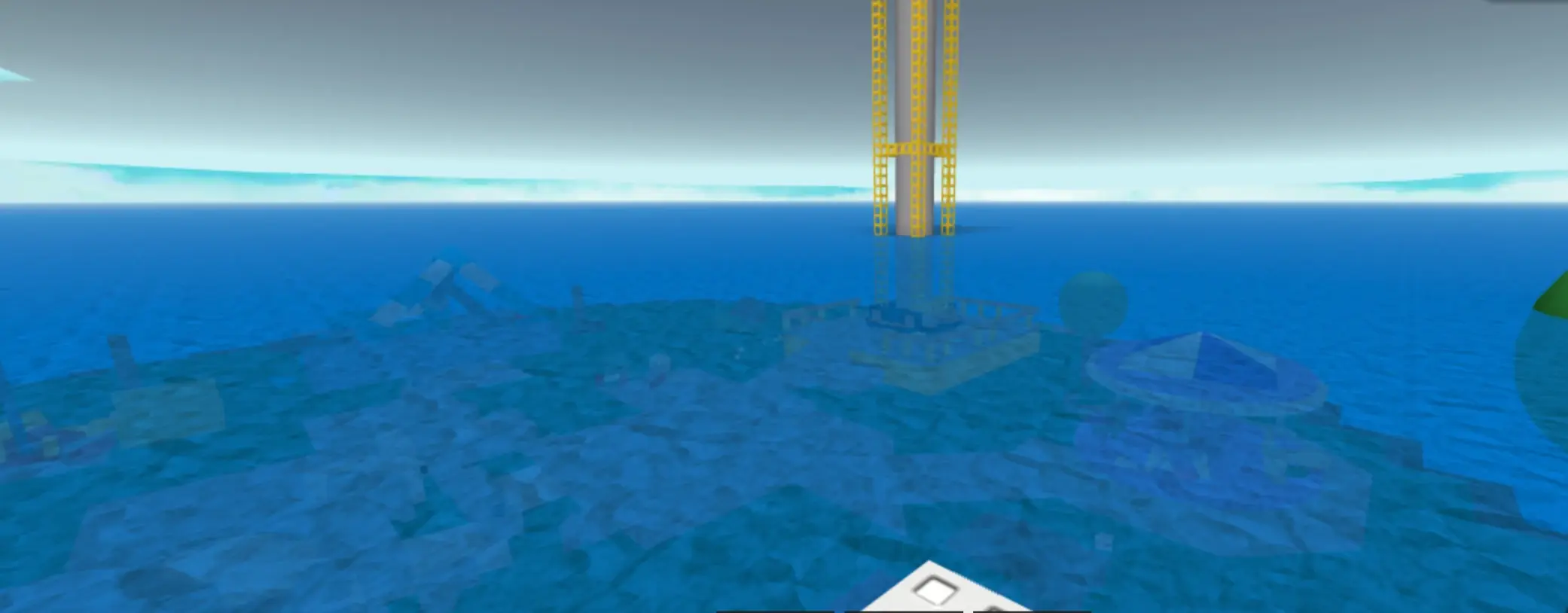
7. Blizzard
Blizzards obscure vision and gradually reduce health unless you find proper shelter. Most buildings offer partial protection but may lack a roof or walls.
Why it’s hard: It’s hard to know where to go, especially with reduced visibility. Finding a fully enclosed shelter quickly is key.
Survival Tip: Immediately head toward buildings with full roofs and walls. Position yourself at the center of a room to reduce exposure. If necessary, use a corner as a windbreak and stay still to conserve health.
8. Fire
A fire starts somewhere on the map and spreads rapidly, engulfing structures and setting the ground ablaze. Its speed and direction are unpredictable.
Why it’s hard: The fire can spread in unexpected ways, and once you’re surrounded, escape can be tricky. Players who hesitate often get trapped.
Survival Tip: The moment you spot smoke or flames, move toward an open area or the edge of the map. Don’t try to climb buildings—they’re likely to catch fire. Stay calm and keep scanning for escape paths.
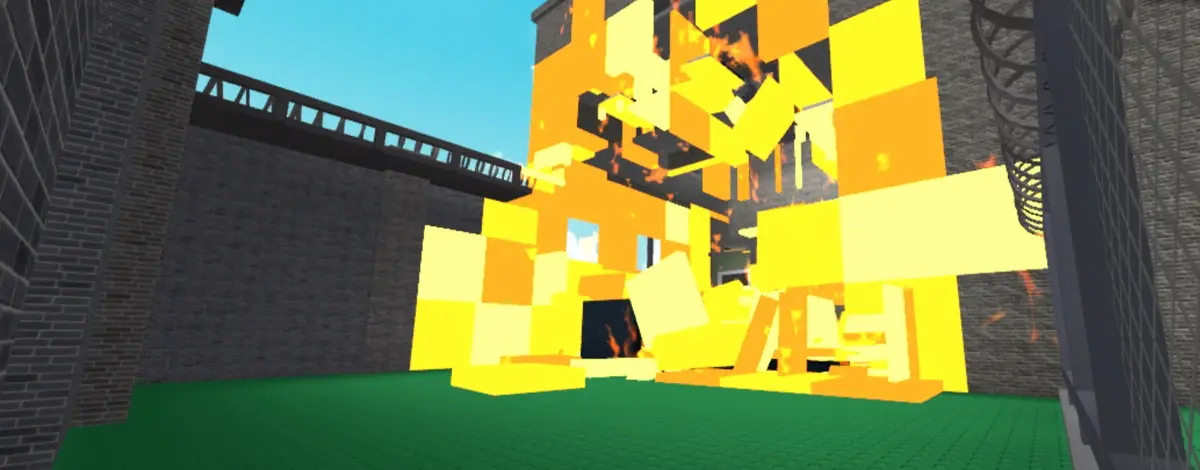
9. Acid Rain
Acid rain damages players and buildings alike. Remaining outdoors will steadily reduce your health, but staying inside is risky too, as roofs may collapse.
Why it’s hard: You’re constantly balancing between shelter and safety. Roofs collapse easily, and being under a failing structure can kill you faster than the rain.
Survival Tip: Find a small, solid building with a flat roof and stay near the edges so you can escape if the structure begins to fall apart. Rotate between different shelters if needed.
10. Sandstorm
Sandstorms blow debris around, obstruct vision, and shift your character’s movement. While not immediately fatal, they complicate navigation and make falls more likely.
Why it’s hard: The storm can knock you off platforms and hide structural damage. Players can wander into danger without realizing it.
Survival Tip: Stay indoors on the lowest floor of a building. Position yourself away from windows or openings and crouch if possible to reduce movement drag. Avoid ledges and stairs during the storm.
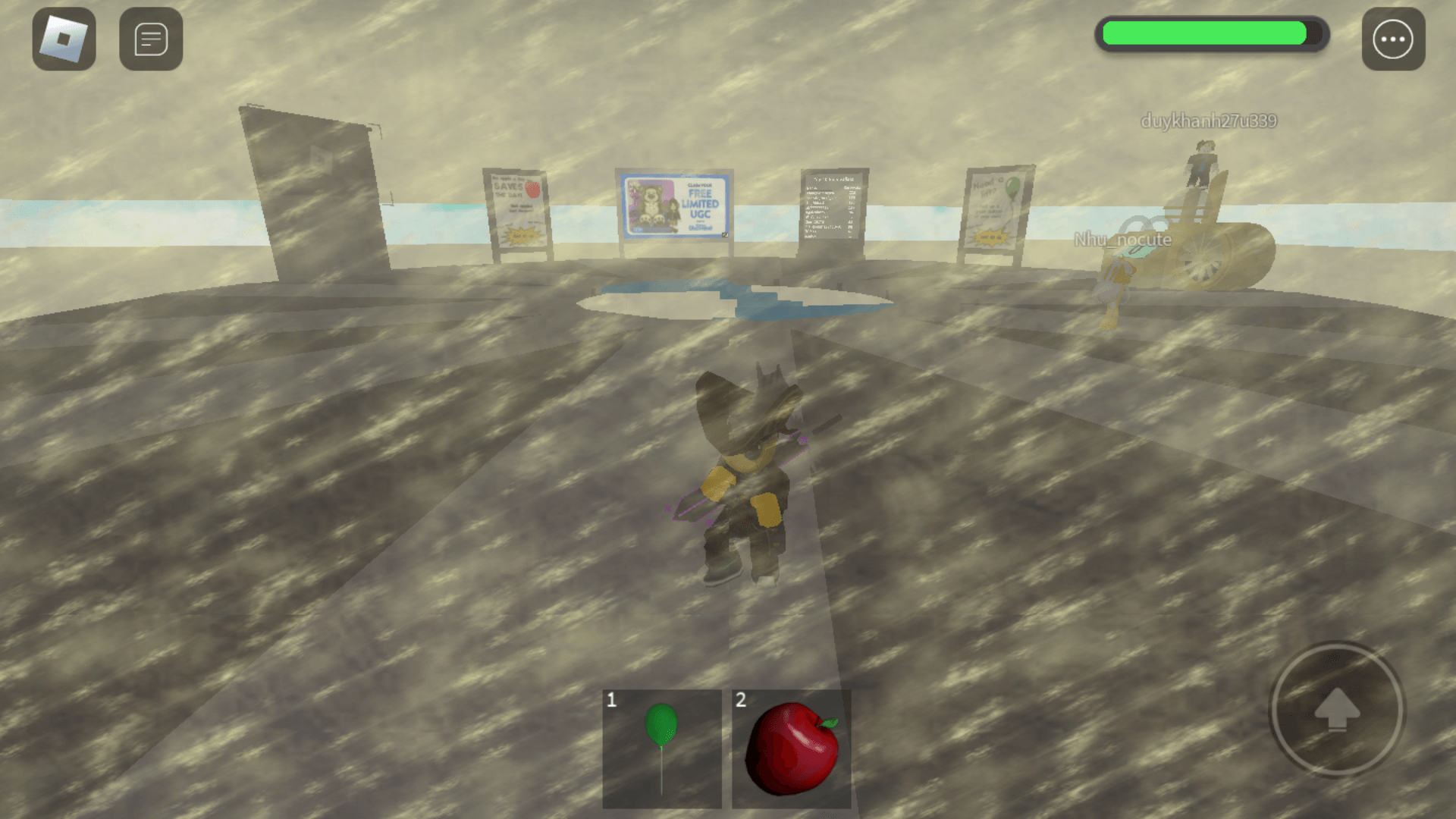
Each disaster in Natural Disaster Survival offers a fresh challenge that tests your awareness, movement, and instincts. From the chaos of earthquakes to the unpredictability of meteor showers, the game thrives on catching players off guard. The key to survival lies in learning the behavior of each disaster and responding quickly with the right movement and positioning. Whether you’re a seasoned survivor or just starting out, playing Natural Disaster Survival on BlueStacks enhances your control, visibility, and reaction time—giving you the best chance to make it out alive.



